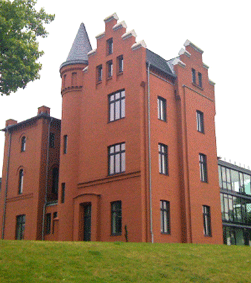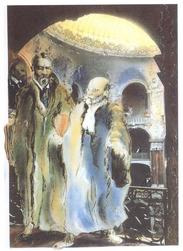Law as Culture
Questions from the Viewpoint of the Humanities (Year 1)
The ‘cultural turn’ of legal analysis focuses on a dimension which is often forgotten in discussions about the control function of law, alternatives to law, or the difference between customary law and jurist law, even though it was once very familiar to the discipline of legal history. In a language now foreign to us, Jacob Grimm wrote: “The view that regards such symbols as mere empty inventions to aid judicial pomp and circumstance is unsatisfactory. To the contrary, each surely has its own dark, holy, and historical significance; if this were lacking, the general belief in it and the common ability to understand it would be lacking”. Symbols and rituals take their place next to the imperative duty to abide by the law, which is forcibly maintained. This both oft-forgotten and oft-abused or perverted role of symbols and rituals of law needs to be recaptured in order to gain an understanding of law. Particularly where the sanction mechanisms fail, the belief in law is affected, and recourse to extra-judicial means of conflict resolution is taken.
It is an important and fundamental task of the Center for Advanced Study to discuss these cultural dimensions of law in the light of various other disciplines. The lost tradition of a cultural sociology of law as seen in Durkheim and Weber needs to be mobilized. The illusion of a “mere empty invention” needs to also be broken in the law of the present. Hereby, one can not only discover the ritualistic and symbolic guarantees of continued applicability of the law, but also their dissociating potential, which might drive legal cultures apart. If it is true that we find ourselves in an unstoppable process of globalization, then law not only has an integrative function, but also a power to expand conflict. The Center for Advanced Study’s first round of research will focus on this issue. Three areas of study will be centered on, which lend themselves well to a comparison of national and emerging global legal cultures, both synchronously and diasynchronously. They will constitute cross-sectional dimensions which will accompany the entire research project: legal symbolism and dynamics of rituals, legal normativity and normative pluralism as well as force of law and organizational cultures.


